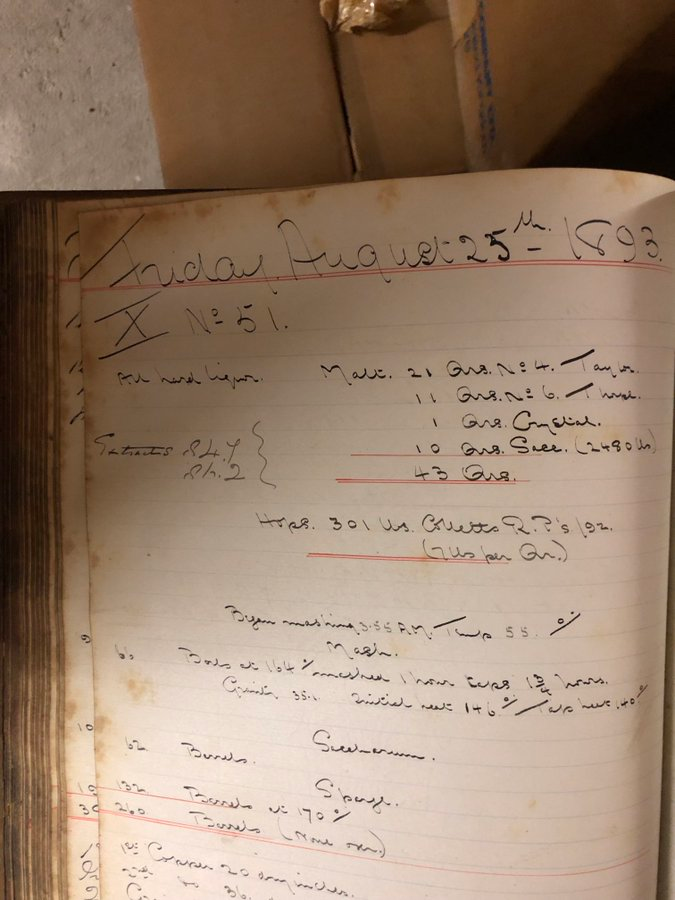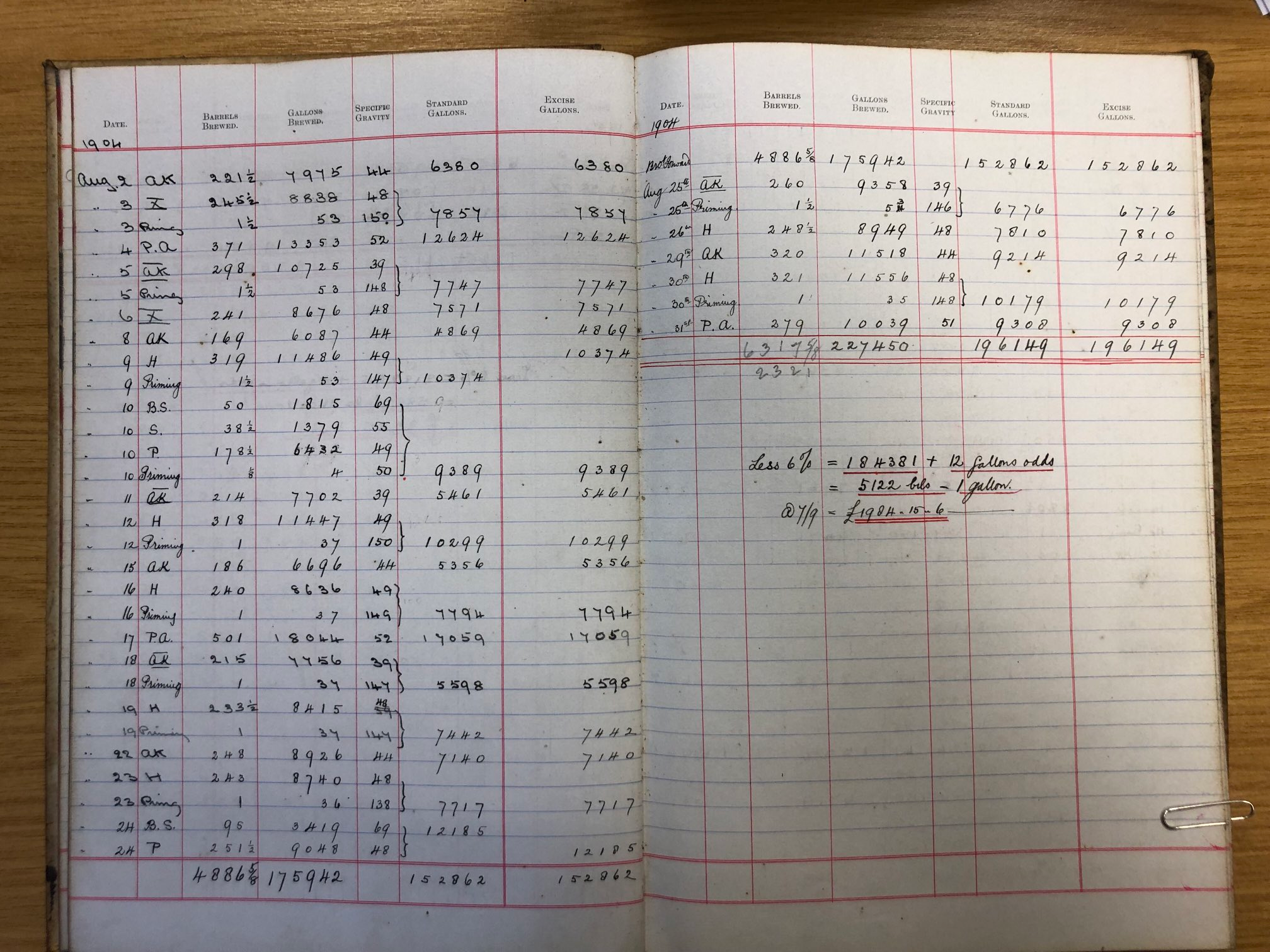Now the yeast thing is getting interesting. I cultured the yeast on plates from a bottle of Past Masters 1981 version and the liquid cultures look a bit different than those from a bottle of their export IPA. The IPA yeast always producesa white, quite even layer of foam but 1981 has more cauliflowers with more brown notes using similar starter wort. Also the estery, fruity smell appears more(=highly) intense. Same thing starting from two individual colonies but the 1981 is just one individual bottle so it might have mutated, I may have messed up with something or it could even be another strain.. The flocculation seems different, too. Both drop quickly, but 1981 remained fluffy longer whereas Ipa bottling yeast forms the dense sediment quicker. Must see how it works in a brew tomorrow.
Pinging ESBrewer to see if you have refined your ESB recipe since your post of a couple of years ago. Looking to brew this in the coming weeks. I was very interested in your previous recipe, and keen to see if/how it has evolved since then. Thx!@jturman35 Looks nice, it is probably a bit darker than mine although it could be because of the lighting. What does your grain bill look like? I haven't really conditioned it long. I think it should be fine in a couple of weeks when everything goes as expected. Next time I will make a larger batch and cut down the copper hops a bit. I have some new equipment, too. Will post how it turns out and how exactly I am doing it now.


















































![Craft A Brew - Safale S-04 Dry Yeast - Fermentis - English Ale Dry Yeast - For English and American Ales and Hard Apple Ciders - Ingredients for Home Brewing - Beer Making Supplies - [1 Pack]](https://m.media-amazon.com/images/I/41fVGNh6JfL._SL500_.jpg)











